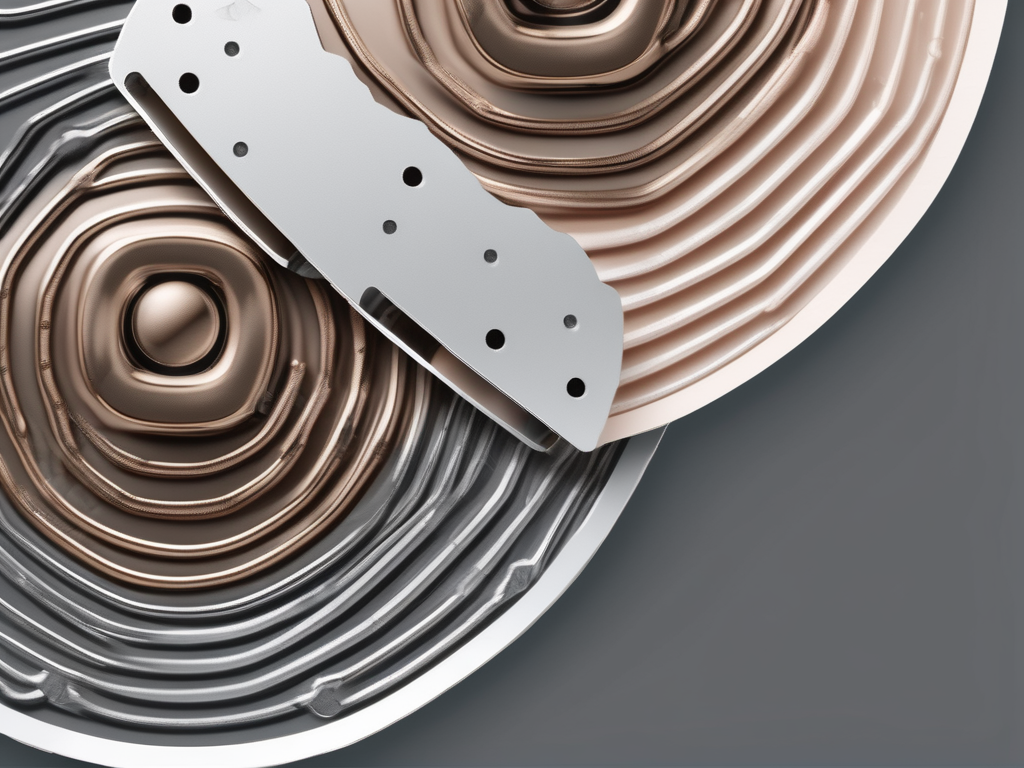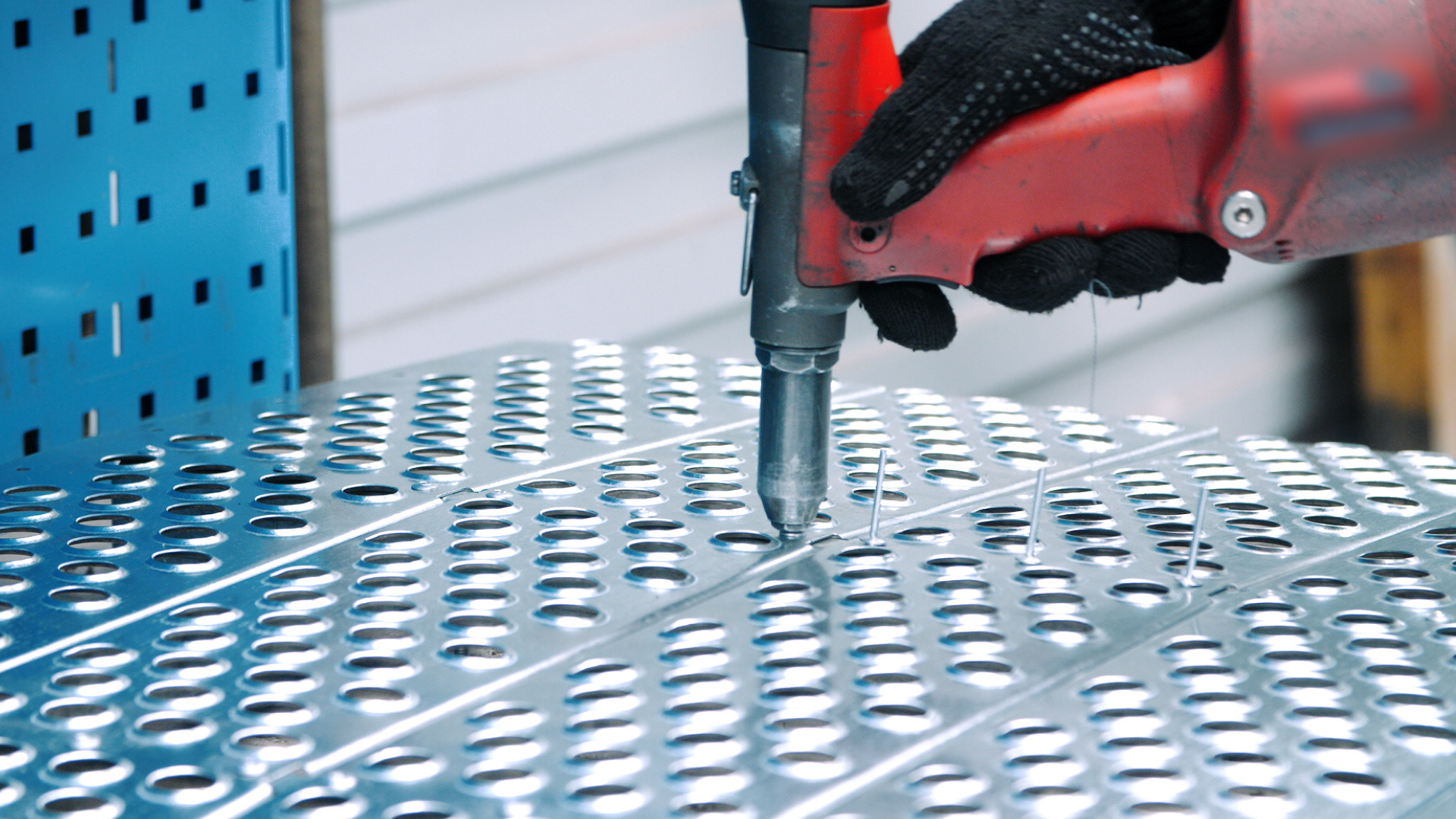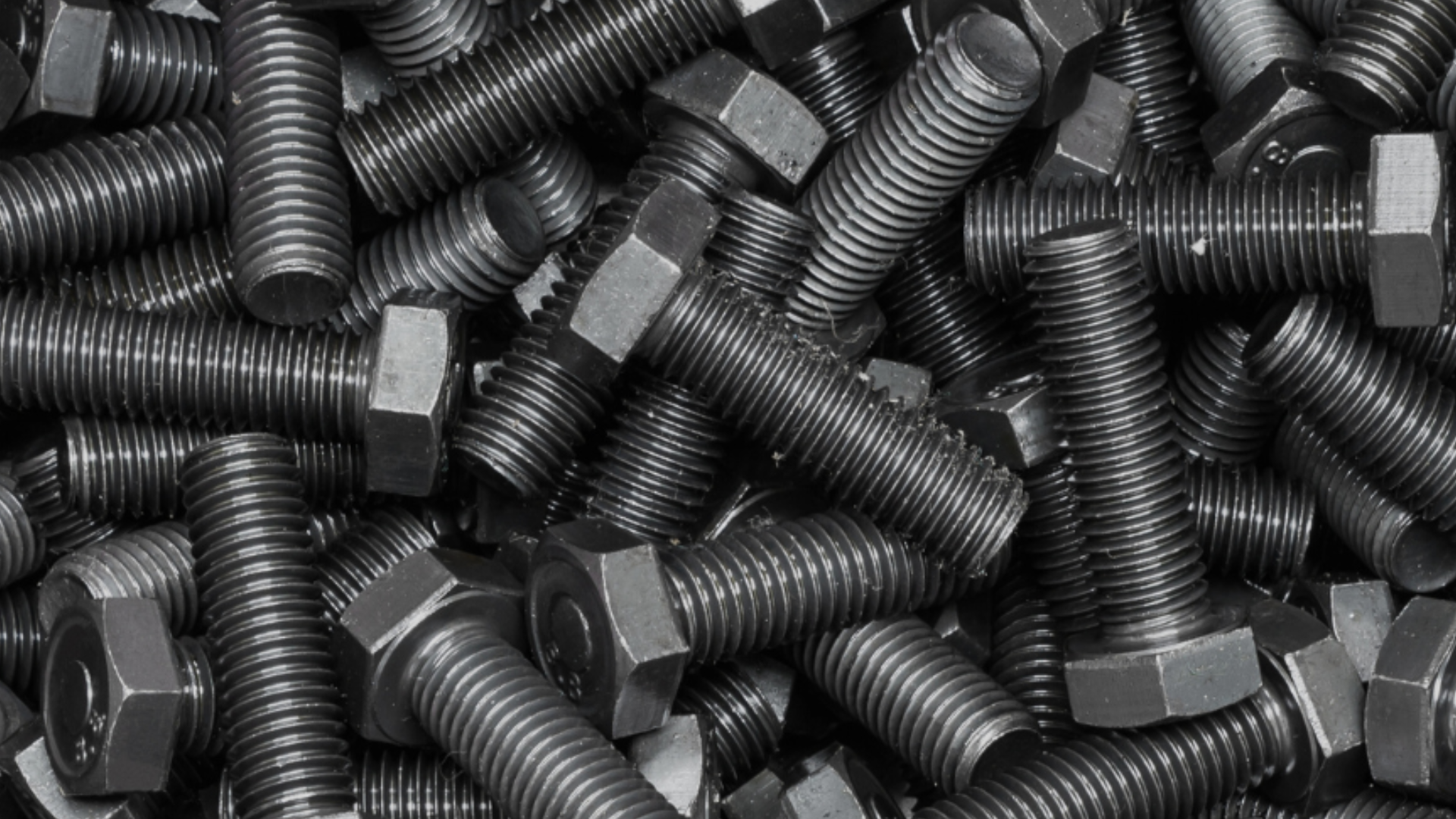In today’s ever-evolving world, innovation is the key to growth and success. One such groundbreaking technology that has redefined manufacturing is water jet cutting. This exceptional technique has gained immense popularity due to its versatility, precision, and environmental friendliness. Let’s delve into the world of water jet cutting and explore how it has revolutionized various industries.
Table of Contents
Understanding the Basics of Water Jet Cutting
Water jet cutting is a process that utilizes a high-pressure stream of water, often mixed with abrasive materials, to cut through a wide range of materials with utmost accuracy. It is a non-thermal cutting method, meaning it does not generate heat during the process. This feature makes it ideal for materials sensitive to high temperatures, such as plastics, composites, and even certain metals.
The Science Behind Water Jet Cutting
At the heart of water jet cutting lies the principle of energy conversion. High-pressure pumps force water through a tiny orifice, creating a jet stream with pressures up to 60,000 psi (pounds per square inch). The water stream can cut through materials by eroding them, essentially washing away a narrow channel. To enhance the cutting capability, abrasive materials such as garnet or aluminum oxide can be added to the water stream, significantly increasing the cutting power.
When the high-pressure water stream comes into contact with the material, it creates a focused force that can penetrate even the toughest substances. The erosion caused by the water jet is precise and controlled, allowing for intricate cuts and shapes to be achieved. This makes water jet cutting a versatile method that can be used in various industries, including aerospace, automotive, and manufacturing.
One of the advantages of water jet cutting is its ability to cut through materials without creating a heat-affected zone (HAZ). Traditional cutting methods, such as laser or plasma cutting, generate heat that can alter the properties of the material being cut. With water jet cutting, there is no risk of thermal distortion, ensuring that the material remains unchanged and retains its original characteristics.
Key Components of a Water Jet Cutting Machine
A typical water jet cutting machine consists of several essential components:
- High-pressure pump: Provides the pressure required to form the water jet. The pump is capable of generating immense pressure, allowing for the efficient cutting of various materials.
- Nozzle: The orifice through which the water jet is directed towards the material being cut. The size and shape of the nozzle can be customized to achieve different cutting effects.
- Cutting table: The surface on which the material is placed for cutting. It is designed to withstand the high-pressure water stream and provide stability during the cutting process.
- CNC system: Controls the movement of the cutting head for precise cutting. The CNC system uses computer programming to guide the cutting head along the desired cutting path, ensuring accuracy and repeatability.
- Abrasive delivery system: If abrasive materials are used, a separate system is incorporated to mix and deliver the abrasive particles into the water stream. This system ensures a consistent and controlled abrasive flow, maximizing cutting efficiency.
- Cooling system: Water jet cutting generates heat due to the friction between the water stream and the material being cut. A cooling system is employed to maintain the temperature of the water and prevent overheating, ensuring optimal cutting performance.
- Control panel: The control panel allows the operator to monitor and adjust various parameters of the cutting process, such as water pressure, cutting speed, and abrasive flow rate. It provides a user-friendly interface for efficient operation and control.
Each component of a water jet cutting machine plays a crucial role in the overall cutting process. The combination of high-pressure water, abrasive materials, and precise control enables the machine to cut through a wide range of materials with exceptional accuracy and efficiency. Whether it’s creating intricate designs or cutting thick materials, water jet cutting offers a versatile and reliable solution for various cutting applications.
The Impact of Water Jet Cutting on Manufacturing
The implementation of water jet cutting has brought about remarkable advancements in several aspects of manufacturing.
Water jet cutting is a cutting-edge technology that has revolutionized the manufacturing industry. It offers unparalleled precision and efficiency, while also reducing waste and minimizing environmental impact.
Enhancing Precision and Efficiency
Water jet cutting offers unparalleled precision, with accuracy as high as 0.005 inches. This level of precision enables manufacturers to create intricate and complex designs with ease. Whether it’s cutting through metal, stone, glass, or even food products, water jet cutting ensures clean and precise cuts, leaving no room for error.
Moreover, the non-contact nature of water jet cutting eliminates the risk of material distortion or warping, ensuring consistent quality throughout the production process. This is particularly important when working with delicate materials or intricate designs, as even the slightest distortion can compromise the final product.
Additionally, the high cutting speed of water jet machines significantly reduces production time, leading to enhanced efficiency and productivity. With the ability to cut through materials at speeds of up to 900 inches per minute, water jet cutting allows manufacturers to meet tight deadlines and increase their output without sacrificing quality.
Reducing Waste and Environmental Impact
Traditional cutting methods often result in substantial material waste due to the wide cutting kerf. However, water jet cutting minimizes waste as the narrow width of the water jet allows for precise cuts, leading to optimized material usage. This not only saves manufacturers money but also reduces the environmental impact associated with excessive waste.
Furthermore, since water jet cutting doesn’t produce heat or harmful fumes, it is an environmentally-friendly alternative to other cutting techniques. This makes it a sustainable choice for manufacturers striving to reduce their carbon footprint. By opting for water jet cutting, manufacturers can contribute to a cleaner and greener future, without compromising on quality or efficiency.
In conclusion, water jet cutting has revolutionized the manufacturing industry by enhancing precision, efficiency, and sustainability. With its ability to create intricate designs with unparalleled accuracy, reduce waste, and minimize environmental impact, water jet cutting is undoubtedly a game-changer in the world of manufacturing.
Water Jet Cutting in Other Industries
The applications of water jet cutting expand far beyond manufacturing. Let’s explore how this transformative technology has found its place in other industries.
Water jet cutting, with its ability to precisely cut through various materials, has become an indispensable tool in the aerospace industry. The aerospace industry demands precision, lightweight components, and intricate designs, and water jet cutting fulfills these requirements and more. It enables the creation of intricate shapes in materials like titanium and carbon fibers, essential for manufacturing aircraft parts. With water jet cutting, aerospace engineers can achieve the desired precision without compromising the structural integrity of the materials. Additionally, water jet cutting ensures the avoidance of heat-related damage to these heat-sensitive materials, preserving their structural integrity.
In the automotive sector, water jet cutting technology has revolutionized the way automobile components are manufactured. The automotive industry benefits greatly from water jet cutting technology as it allows for precise cutting of various materials used in automobile components, such as rubber, leather, and metal. Water jet cutting machines can effortlessly cut through these materials, ensuring clean and accurate cuts. This precision is crucial in the automotive industry, where even the smallest deviation can lead to functional issues or compromised safety. Moreover, water jet cutting machines also play a crucial role in the fabrication of custom parts, reducing production costs and eliminating the need for expensive tooling machinery. This flexibility allows automotive manufacturers to quickly adapt to changing design requirements and produce components with unparalleled precision.
Future Prospects of Water Jet Cutting
As technology continues to advance, so does the potential of water jet cutting. This versatile cutting method, which utilizes a high-pressure stream of water to precisely cut a wide range of materials, has already revolutionized various industries. However, ongoing research and development are focused on enhancing the capabilities of water jet cutting machines, opening up new possibilities for the future.
Technological Advancements and Innovations
Researchers and engineers are constantly exploring ways to improve water jet cutting technology. One area of focus is the integration of robotics and artificial intelligence (AI) into the cutting process. By incorporating robotic systems, water jet cutting machines can be further automated and optimized, increasing efficiency and precision. AI algorithms can analyze cutting patterns and make real-time adjustments, ensuring the highest level of accuracy.
Another aspect of technological advancement lies in pump technology. Water jet cutting machines rely on high-pressure pumps to generate the force required for cutting. Ongoing improvements in pump technology aim to increase water pressure and flow rates, enabling even faster and more precise cutting. This would significantly reduce production time and enhance the overall efficiency of the process.
Potential Challenges and Solutions
While water jet cutting has numerous benefits, it does face a few challenges that researchers and engineers are actively addressing. One such challenge is the tendency of some materials to absorb water, potentially causing swelling or other issues. However, innovative solutions are being developed to overcome these challenges and expand the range of materials that can be effectively cut with water jets.
One solution being explored is temperature control. By precisely controlling the temperature of the water used in the cutting process, engineers can minimize the risk of material absorption. This allows for more effective cutting of materials that are prone to water absorption, such as certain types of wood or fabrics.
Coating techniques are also being developed to address the challenge of material absorption. By applying a specialized coating to the surface of the material before cutting, engineers can create a barrier that prevents water absorption. This coating can be designed to be easily removed after the cutting process, leaving the material unaffected and ready for further use.
Furthermore, ongoing research is focused on understanding the behavior of different materials when subjected to water jet cutting. By gaining a deeper understanding of the interaction between water jets and various materials, engineers can develop tailored cutting techniques and parameters for each material, ensuring optimal results.
In conclusion, the future prospects of water jet cutting are promising. With ongoing technological advancements and innovative solutions to overcome challenges, water jet cutting machines are poised to become even more efficient, precise, and versatile. As industries continue to demand higher productivity and accuracy, water jet cutting will play a crucial role in meeting these requirements.
Conclusion: The Transformative Power of Water Jet Cutting
Water jet cutting has undoubtedly reshaped the manufacturing industry, exceeding the capabilities of conventional cutting techniques. Its precision, efficiency, and environmental friendliness have made it a go-to choice for manufacturers across various sectors. By harnessing the power of water, this incredible technology has revolutionized industries, paving the way for a more sustainable and innovative future.



